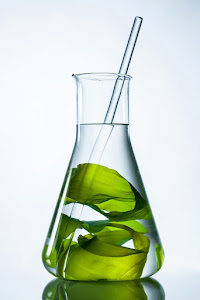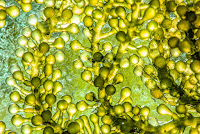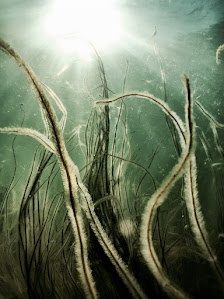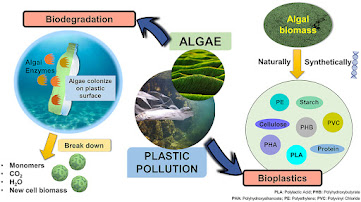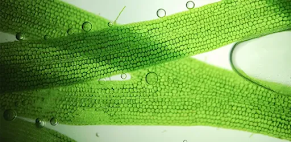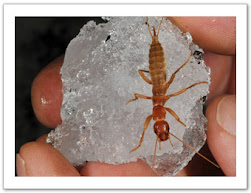At this point in the 21st century, widespread pollution and climate change are existential problems for our species. Our planet will adapt and remain standing, but whether humans will be part of it is the big question. However, as with many of the big questions, Nature has supplied us with an answer. In this case, it’s algae. As the largest supplier of oxygen and a vital link in the food chain, algae in all its forms is crucial to life on earth but scientists are routinely discovering other ways that algae can help us humans. Algae is positioned to solve many of our most pressing environmental issues, now we just have to make it happen.
In case you need a reminder: Algae is the overall term that covers the photosynthetic organisms of microalgae and macroalgae. Microalgae are the unicellular microscopic algae and are often referred to as phytoplankton. Macroalgae, on the other hand, are large-celled, plant-like forms known as seaweed. This whole subject can get very granular quickly, but
here’s a quick little cheat sheet that gives more information.
PETROLEUM:
Phytoplankton are constantly working their magic to photosynthesize the sun’s rays. In doing so, they store energy in the form of natural oils. These oils can be distilled into a biofuel that could replace all manner of transportation fuels from gasoline to jet fuel. Additionally, simple sugars are made available when algae is broken down in water and these can be fermented to make bioethanol. Using algae to replace petroleum as an energy source isn’t without its set-backs (see the pros and cons here), but just because the road may be bumpy does not mean we shouldn’t go down it.
PETROLEUM-BASED PRODUCTS:
The same characteristics make algae uniquely positioned to replace petroleum as a fuel source also pertain to commercial products that contain petroleum.
According to this article, almost anything made with petroleum can be made with algae. The number of everyday items that are petroleum-based is staggering and includes things as diverse as toothpaste and upholstery (see more
here). As we all know, our dependence on fossil fuels/petroleum is damaging to the environment, but it is also a destabilizing factor in many aspects of modern life. Simply put, algae could save us from the economic effects of political and environmental events in oil-producing regions. Algae can be cultivated anywhere there’s a water source, which would make this energy source more equally available across the world.
PLASTICS:
Plastic pollution is a glaringly obvious desecration of our environment (particularly the marine ecosystems) and a serious danger to the health and wellbeing of every creature on the food chain of this planet. Algae is able to tackle this mega-problem in two ways: It can be used to degrade plastic and it can be used to make bioplastics. Algae has many properties that make it ideal for bioplastic production, including its low
lignin content and abundant carbohydrates. Also, algae is 100% biodegradable, so the bioplastic it makes goes back to the earth to begin the cycle anew. As far as breaking down plastic goes, scientists have discovered plastic can be degraded by the toxin systems and and enzymes synthesized by algae. Not only will the algae breakdown the plastic, but it will also use the plastic polymers as a carbon source. The possibilities are heartening; learn more
here.
FERTILIZERS:
 |
| AlgaEnergy facilities |
Fertilizers are some of the greatest polluters and contributors to cancer on our planet and the amount used globally every year is stupefying – it’s in the 100s of millions of tons (details
here). Moving away from harmful synthetic fertilizers towards plant-based ones
shouldn’t be a hard sell as kelp has been used for who-knows-how-many thousands of years as a fertilizer. But many people need to be brought around by some sort of innovation. This is where one of our partners, AlgaEnergy, comes in. Kelp fertilizers are traditionally created by harvesting kelp from the sea and then building and maintaining kelp beds. AlgaEnergy has used technology to create a way to move from that traditional form of macroalgae-based fertilizer to a microalgae-based one. They have a facility in Spain that captures the CO2 emissions from a power plant and use that energy to cultivate microalgae. By piggybacking on another industry, they reduce the amount of energy resources they would have used to create their products and they gobble up CO2 emissions would otherwise be released into the atmosphere. Their process is technologically advanced, environmentally sound, and completely sustainable. In the interest of space I have condensed all they do; I encourage you to go to their site (
here) to learn more. And I also encourage you to try their microalgae products,
Surety® MA and
Surety® Soil.
Although the possibilities for algae are nearly limitless, there is still a lot of research and development to be done for us to be able to appreciate all it can do. Nevertheless, the advantages are so extensive (
here are just 10) that we need to press forward and come up with the needed solutions, like AlgaEnergy has done.
Submitted by Pam


